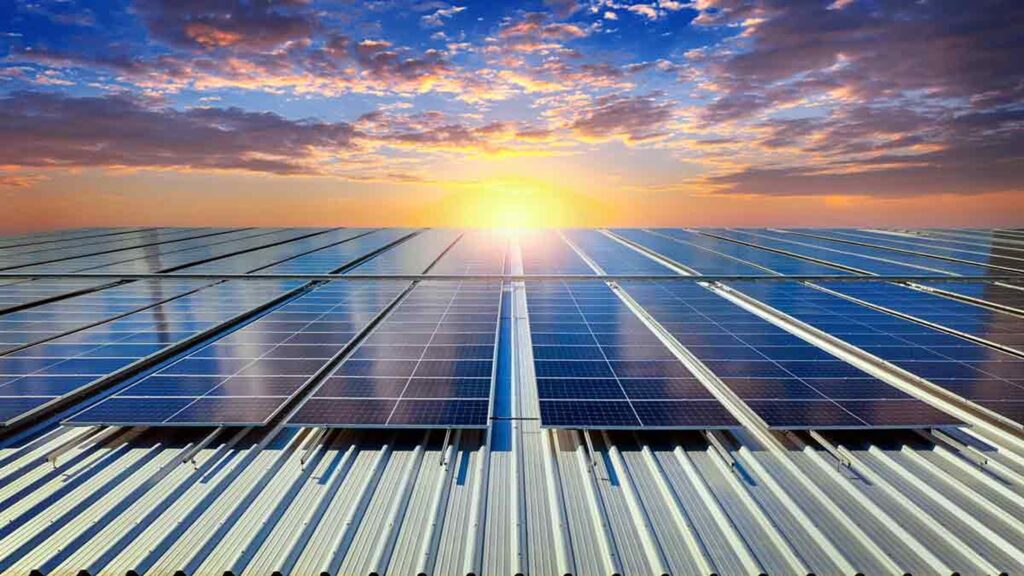Earlier this month, CubicPV, a solar manufacturer, shelved its plan to establish a 10 GW silicon wafer factory in the U.S., citing a downturn in global product prices and escalating construction expenses.
This development underscores the challenges facing the U.S. solar manufacturing sector, primarily due to the dominance of China, which manufactures approximately 98% of the world’s solar wafers.
The surge in Chinese solar manufacturing has led to a reduction in global prices, while construction costs in the U.S. have soared post-COVID pandemic, driven by increased material and labor costs.
The U.S. has been lagging in wafer production compared to module and cell manufacturing.
The Inflation Reduction Act of 2022, part of the Biden administration’s efforts, spurred the announcement of 85 GW of new module manufacturing capacity and 43 GW of cell production within a year.
This is in stark contrast to the modest 20 GW of new wafer and ingot capacity, highlighting a significant gap in the U.S. solar manufacturing landscape.
Despite these efforts, U.S. solar panel imports jumped by 82% in 2023 to 54 GW, reflecting the nation’s growing demand for solar products.
The Inflation Reduction Act aims to support the U.S. solar industry by offering tax credits to developers using U.S.-made content.
However, the current framework does not necessitate sourcing U.S. wafers, allowing suppliers in China and Southeast Asia to maintain a competitive edge due to lower capital costs.
Amidst this backdrop, a few suppliers like Qcells, First Solar, and NexWafe are progressing with plans for U.S. wafer factories, employing innovative production methods or integrated supply chain facilities to mitigate costs.
Qcells, part of South Korea’s Hanwha Group, is setting up 3.3 GW of silicon wafer production capacity in Georgia, aiming for vertical integration to streamline the production process.
The initiative is buoyed by an agreement with Microsoft to supply 12 GW of American-made solar panels, emphasizing the push towards a resilient U.S. supply chain.
First Solar is expanding its unique manufacturing process that integrates wafer and cell production using cadmium, setting sights on reaching a 14 GW full chain U.S. production capacity by 2026.
German-based NexWafe is adopting a “gas to wafer” manufacturing approach for its planned 6 GW U.S. factory, promising cost advantages over traditional silicon-based methods.
The company is leveraging the supportive environment fostered by the Inflation Reduction Act and Department of Energy’s backing for its venture.
Concerns over China’s solar component dominance have prompted U.S. and European policymakers to reconsider trade tariffs and domestic content rules.
The U.S. has temporarily waived certain tariffs to foster domestic solar development, while some European manufacturers struggle against cheap Chinese imports.
Calls for stricter domestic content requirements and increased tariffs on Chinese solar products underline the strategic importance of wafer and cell technology in the global photovoltaic industry’s future.
